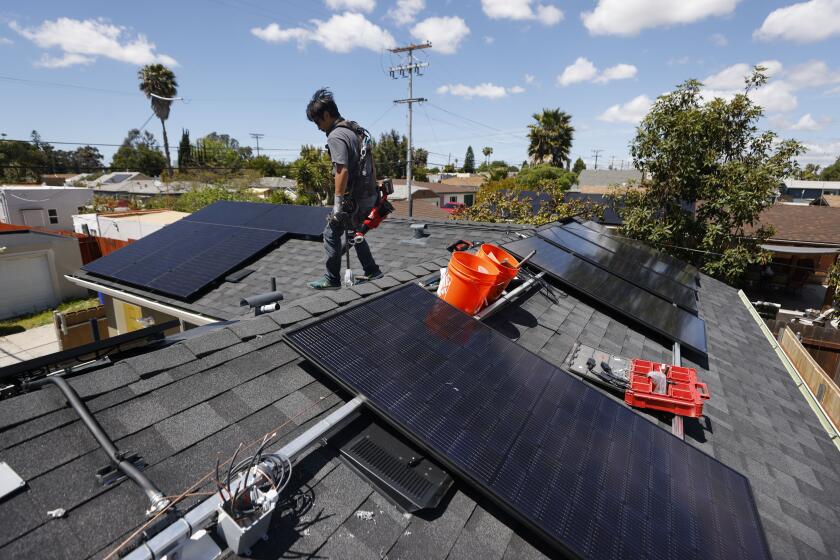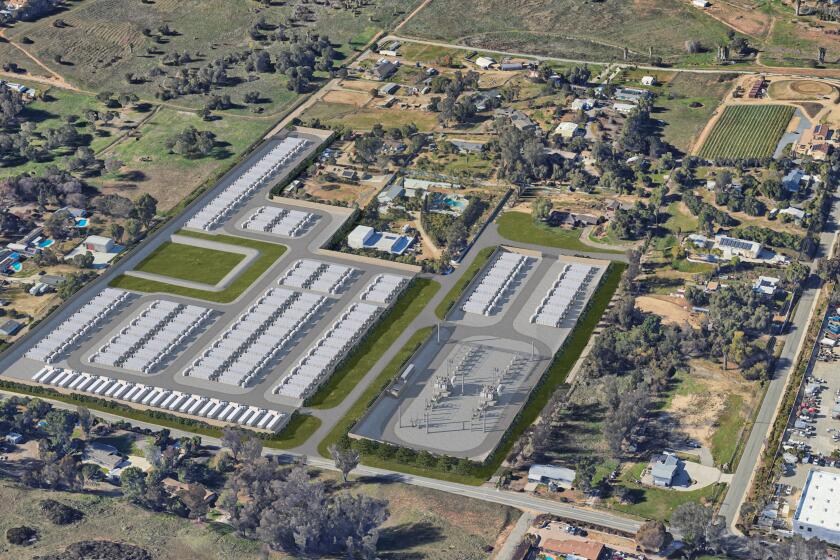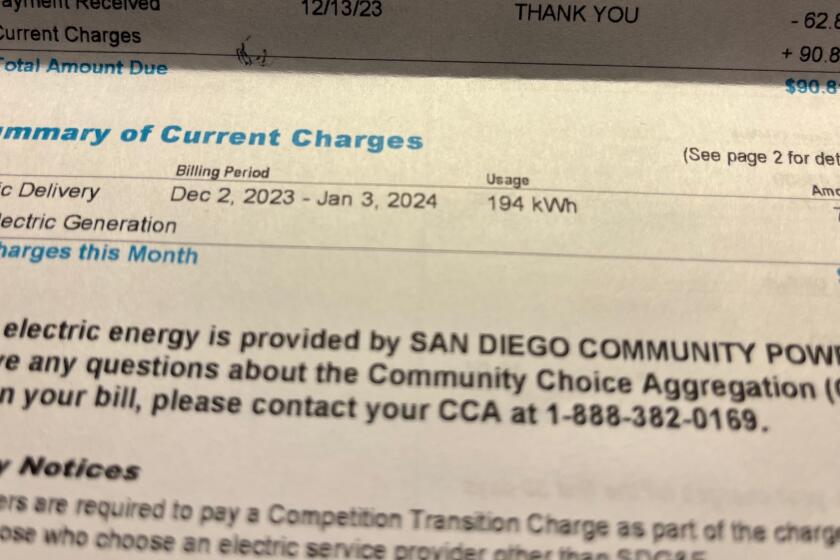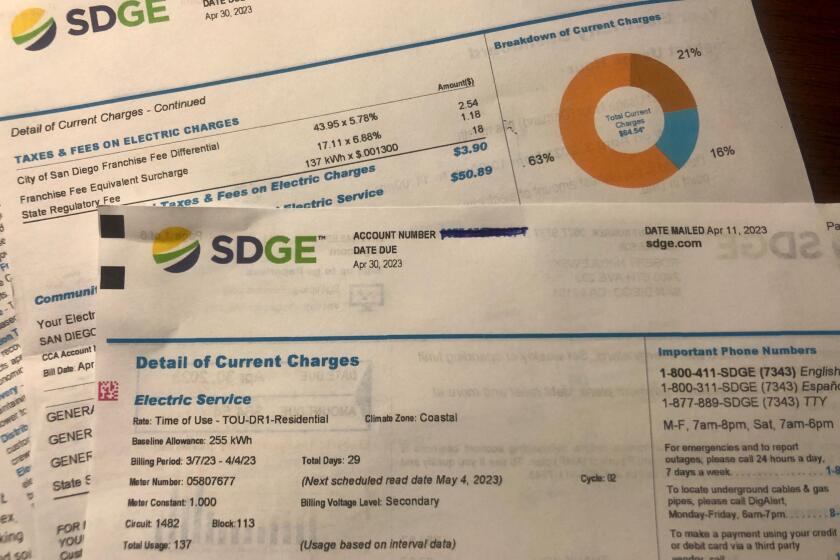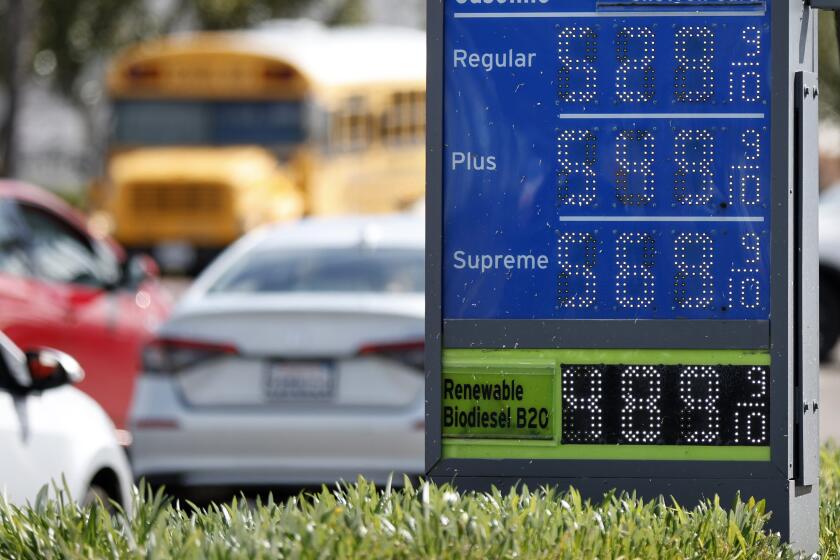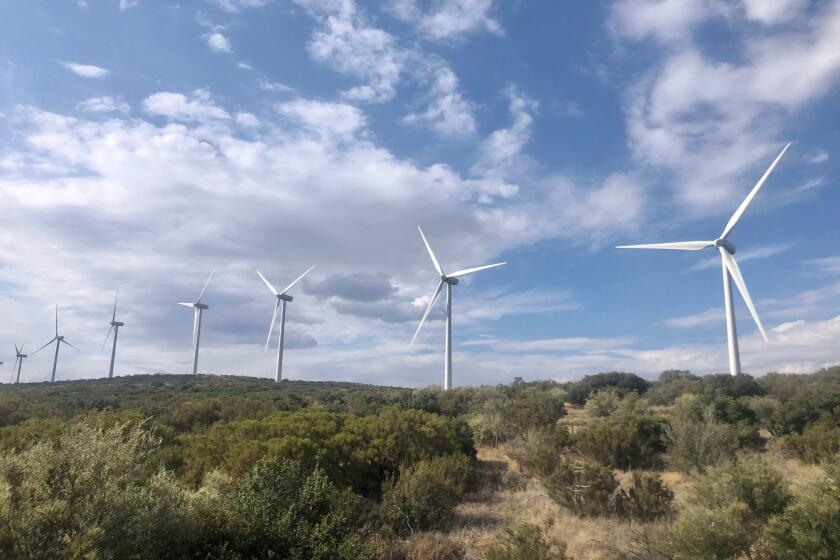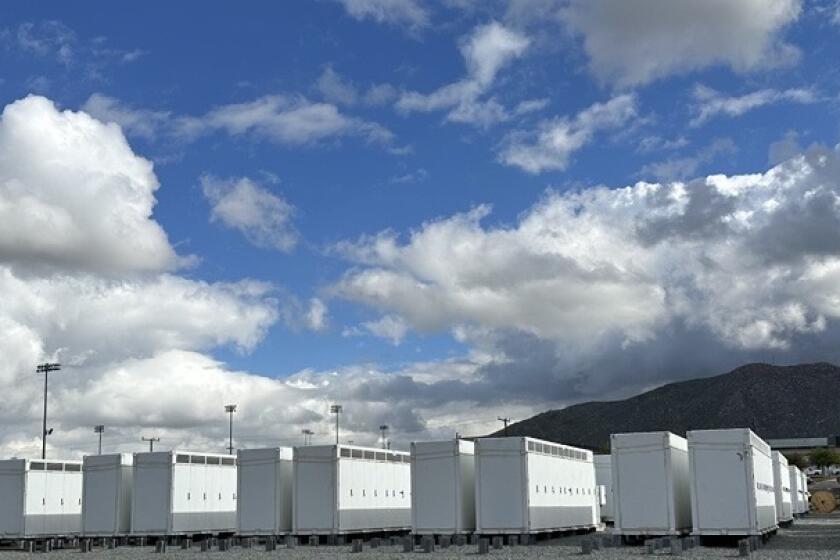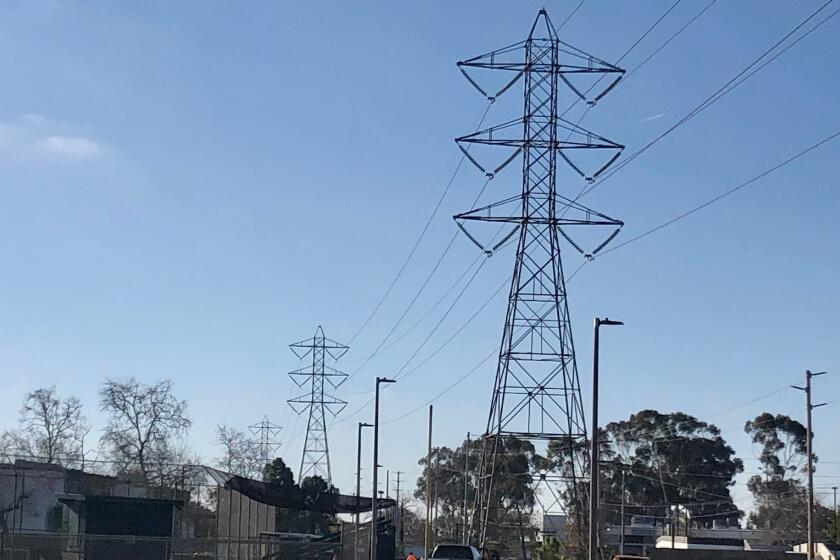Drought socks hydroelectricity, putting California in a power pinch
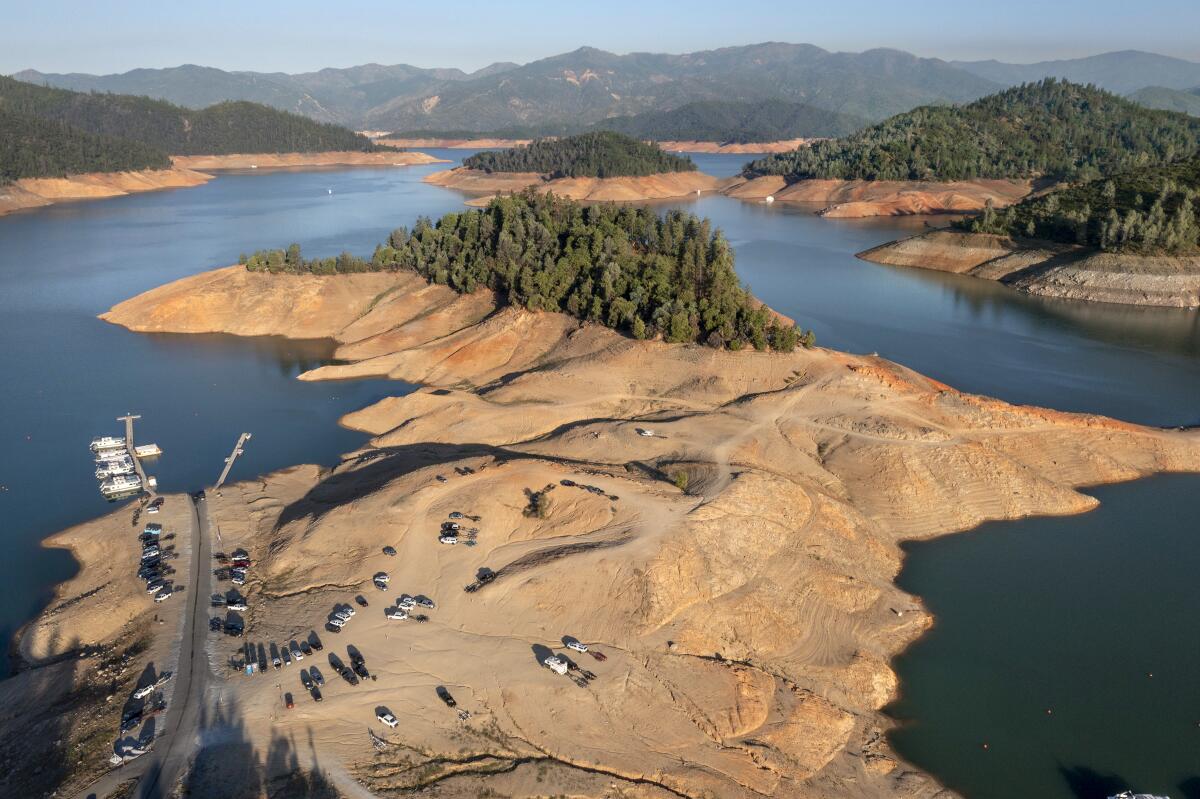
Electricity from hydropower in California fell 44.3% in 2020 due to drought
The annual snapshot of California’s electricity generation shows how much drought conditions can affect the state’s power mix.
In-state hydroelectricity generation in 2020 dropped 44.3 percent from the year before, according to numbers recently released by the California Energy Commission. All told, 21,414 gigawatt-hours came from a combination of the state’s large and small hydro power plants — significantly lower than the 38,494 gigawatt-hours hydro delivered in 2019.
The state’s electricity from sources that do not emit carbon — renewables, nuclear power and large hydro projects of at 30 megawatts or more — accounted for 51 percent of generation within California last year, down 6 percent from 2019.
“The change is directly attributable to the significantly reduced hydroelectric generation ... as dry conditions returned to the state,” the energy commission explained in its breakdown of the numbers.
Hot, dry weather sucks up water levels at hydro facilities and reduces their electricity output. Conversely, when there’s plenty of rain and snow runoff, hydro generation swells.
For example, the winter of 2016-2017 saw some parts of California reporting snowpack levels of more than 180 percent of normal. Months later, the energy commission reported large hydro made up 17.89 percent of in-state generation for the 2017 calendar year. When combined with small hydro that year, hydroelectricity accounted for more than one-fifth of California’s electric generation.
But the drought’s continuation has made conditions worse in 2021, as reservoirs around the state see water levels drop.
California in-state generation
Natural gas 48.35%
Nuclear 8.53%
Large Hydro 9.40%
Small Hydro 1.82%
Solar 15.43%
Wind 7.18%
Geothermal 5.94%
Others 3.35%
Source: California Energy Commission
The Edward Hyatt Power Plant at Lake Oroville in Northern California may be forced to close for the first time in its history. The Chico Enterprise-Record reported Tuesday that Lake Oroville reached its lowest level since September 1977, measuring 643.5 feet above sea level. When it’s full, the lake’s surface water level is 900 feet above sea level.
Lake Shasta, the largest reservoir in the state, was 31 percent full as of Monday, according to the U.S. Bureau of Reclamation.
As for 2020’s numbers, the drop in hydro power was offset by a number of sources.
First, the state imported twice as many gigawatt-hours of large hydro from other states (15,337) than it had the year before. Nearly all of it came from states in the Northwest, as well as two Canadian provinces.
And natural gas accounted for 48.35 percent of in-state generation, its highest level in four years and 5.38 percentage points higher than in 2019. As it has for years, gas accounts for California’s largest single source of electricity.
Renewables — solar, wind, biomass, geothermal and small hydro of fewer than 30 megawatts — were 1.26 percent higher compared to the previous year, making up almost one-third of in-state generation.
Total generation for California’s energy mix — including imports — was down 2 percent for the year. Some of that may be due to decreases in energy use by industrial users due to the pandemic but the overall decline is part of a larger trend in which local distributed generation systems, such as rooftop solar, grow across the state.
Sometimes called “behind-the-meter,” these systems “directly reduce the measured delivery of power from the state’s fleet of utility-scale power plants,” the energy commission said.
The decrease in hydro comes at a time when imports from neighboring states may be constrained as wildfires and extreme heat have broiled sections of the West this summer. A reduction in imports was one of a number of reasons California experienced a pair of rotating outages in August 2020 — the state’s first in nearly 20 years.
Under normal circumstances, California acquires additional sources of electricity when needed from places like Arizona, Oregon and Washington. But last year, a “heat dome” blanketed not only California but its neighbors as well, so energy imports dried up.
Last Friday, Gov. Gavin Newsom issued an emergency proclamation to free up extra megawatts of power and help ensure grid reliability as California moves into what figures to be the hottest days of the year.
“I find that conditions of extreme peril to the safety of persons and property exist throughout California due to the combined effects of drought, wildfire and extreme heat on the State’s energy system,” Newsom said in the 11-page order.
The proclamation includes suspending certain permitting requirements and reimbursing utilities for payments made to industrial customers who agree to reduce their energy consumption when the grid is stressed.
In June, a workshop convened by state energy officials warned of potential shortfalls of up to 3,500 megawatts during extreme weather events this summer and 5,000 megawatts for the summer of 2022.
Get U-T Business in your inbox on Mondays
Get ready for your week with the week’s top business stories from San Diego and California, in your inbox Monday mornings.
You may occasionally receive promotional content from the San Diego Union-Tribune.

